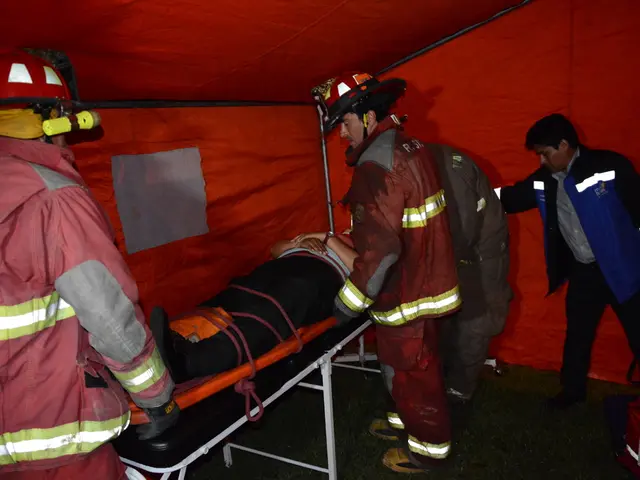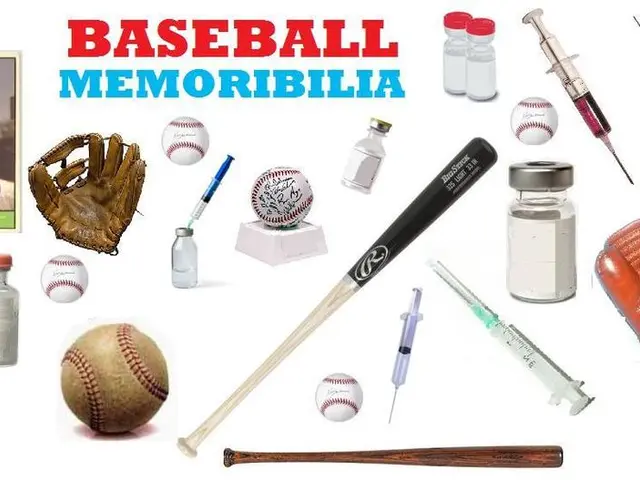Russia's Sverdlovsk Region Tops Russia in Tick Bites
Tick bites are on the rise, with the Sverdlovsk region leading the pack in reported cases.
Reports from Rosprotreatment reveal that Sverdlovsk, Kirov, Kemerovo, Chelyabinsk, Tomsk regions, and Perm Krai, as well as the Udmurt Republic, have seen a significant increase in tick activity. Over 200,000 people in the country have been bitten by ticks already this year. As of June 3, Sverdlovsk sees a staggering 17,500 affected individuals. comparatively, initial reports from early May indicated 13,500 cases in Perm Krai.
Tick Season in Overdrive
Ticks in Sverdlovsk region have been going for the human attack, twice as often this season, due to the early warming. The highest tick activity has been observed in Yekaterinburg, Bakïalovo, Pysma, Irbit, Tabor, and Tugulym.
These pesky critters thrive during spring and summer, mainly when temperatures and humidity favor their life cycle. Other factors contributing to their increased presence include climate change, wildlife migration, and human activities that involve spending time in wooded or grassy areas.
Note: While the focus of recent news in Sverdlovsk mainly revolves around military activities and historical stories, public health bulletins would provide updates on tick-borne disease trends in the region. Standard best practices for preventing tick bites include:
- Wear light-colored clothing to spot ticks easily. Tuck pants into socks and use repellents containing DEET or permethrin.
- Stay on trails and avoid tall grass and brush. Keep lawns and recreational areas trimmed.
- Check clothing and body for ticks after outdoor activities. Remove ticks carefully with tweezers, pulling steadily without twisting.
- In areas with high risk of TBE, vaccination is recommended.
In the realm of health and wellness, medical-conditions related to tick bites continue to surge, particularly in the Sverdlovsk region where environmental-science data suggests a significant increase in ticks this season. The expansion of affected individuals, now standing at 17,500 in Sverdlovsk, underscores the urgency for science-backed solutions to combat this issue.




